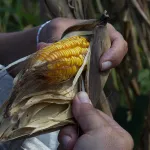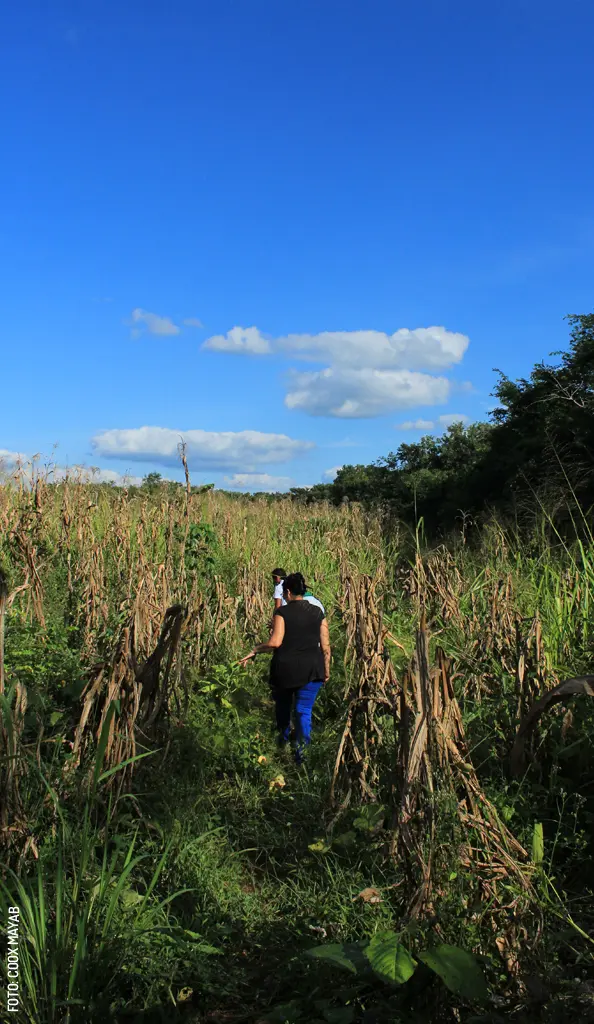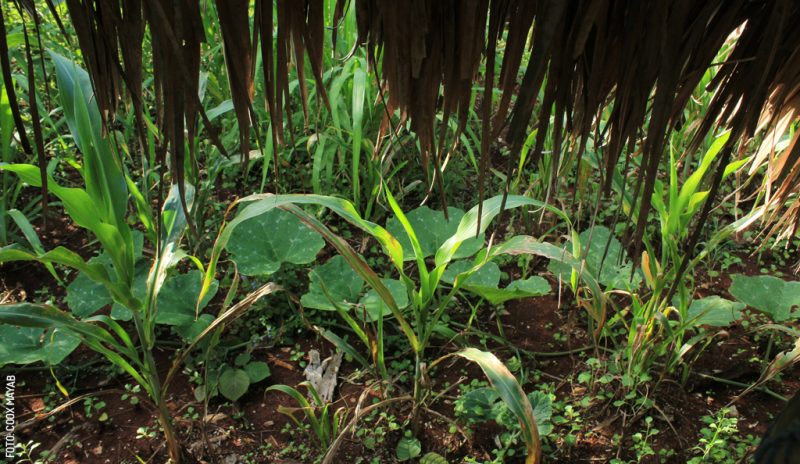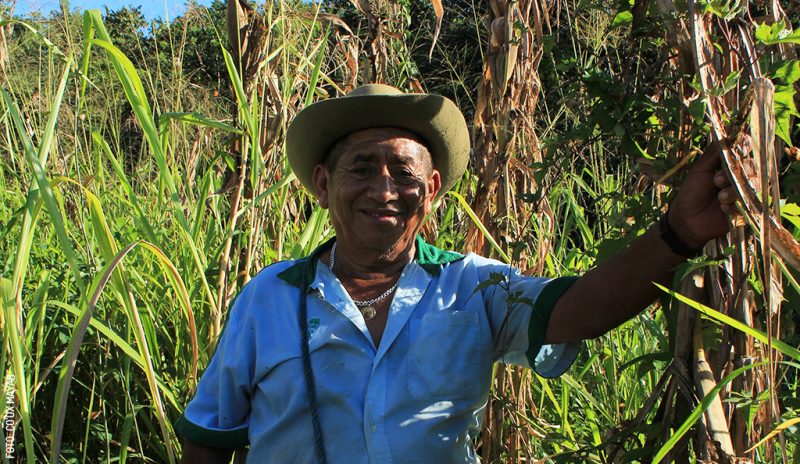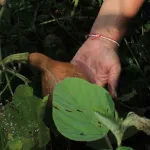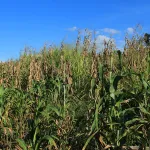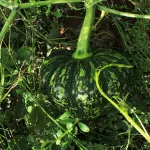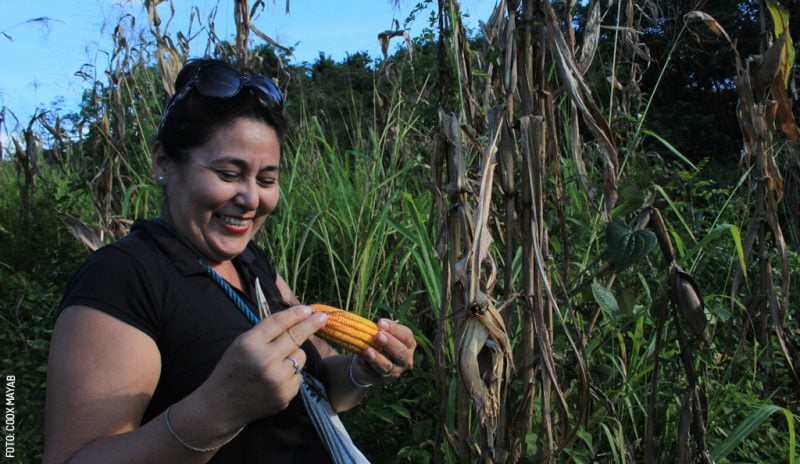 You have come to Yucatán at an important time. A time when one of the Maya’s main resources is coming to an end: the "milpa." The low jungle of our state is a source for food, medicine, and the materials needed to sustain life. It is also where the Maya choose a space to grow the food they’ll need until the next harvest.
You have come to Yucatán at an important time. A time when one of the Maya’s main resources is coming to an end: the "milpa." The low jungle of our state is a source for food, medicine, and the materials needed to sustain life. It is also where the Maya choose a space to grow the food they’ll need until the next harvest.
What is the milpa?
The milpa consists of preparing a piece of land which is oriented from east to west, following the path of the sun; in this space they will grow corn, beans, squash, and chile. These foods are staples in the Mesoamerican diet and provide a good balance of protein, carbohydrates, and essential amino acids. To prepare the land, they remove any weeds and cut back certain plants and bushes so that they can set up their polyculture; another strong tradition is burning the ground.
When to sow the milpa?
The sowing usually begins in May, anticipating the rainy season. The summer months provide a “seasonal watering” (this is what they call rainwater irrigation) which is necessary for the milpa to grow; the sun on the other hand, allows the corn rods to become strong enough for it to grow tall. Three months later, the corn begins to grow and the ears dry out and bend over.
Starting in October and November the fresh corn can be harvested and used to make "atole" and delicious "masa" (dough); the harvest can last all the way to December and January. However, “this year hasn’t been good to us, the rain hasn’t come as we hoped it would,” says Eladio Vera Collí, a Maya medicine man, who says he hasn’t seen a drought like this in over 40 years. When this happens, the “Cha-chaak” ritual takes place to ask for the rain which will ensure the survival of the "milperos."
Rainy season...
If rain comes in August, there can be another sow. As for the harvest, this “must take place on a full moon,” says Amadeo Cool May, a milpero, historian, and radio host from Peto. Several people participate in the harvest, because it is imperative that every last ear of corn be harvested. The corn will be used to make atoles and the masa which is used to prepare tortillas, one of the staples of the region.
To store the corn, a granary is prepared. The ears of corn are placed standing in layers and are then covered with lime. The lime protects the corn from insects and other predators. When the harvest is good, the corn can last up to seven years in the granary, Amadeo comments.
Much more than just the milpa
The milpa is not just the most important source of food for the community, it is also a place of learning. By going to the milpa, children and teens gain valuable knowledge which is passed down from their parents and grandparents. They learn about weather, their environment, animal species, wood, the great diversity of medicinal plants, and the way the world is seen and understood according to Maya world view.
If you have an opportunity to visit the milpa, I recommend that you go to the southeast part of the state, where they still follow the traditional harvest methods and rituals. You will learn about different types of soil, the importance of rain and sunshine, and maybe even try a sweet, corn atole.
Photography by Co'ox Mayab for use in Yucatán Today

Author: Andrea Medina
Born in Mérida and raised in the heart of the Peninsula, I consider myself a “yucaterca.” My childhood – without electronics, surrounded by nature and indigenous communities – made me sensible towards real, simple, genuine things and people. At age 7, I started a radio show with the XEPET “The Voice of the Maya” which allowed my imagination and creativity to develop and become my favorite space.
¡Receive the latest articles and much more from the best of Yucatán in your email!
Related articles
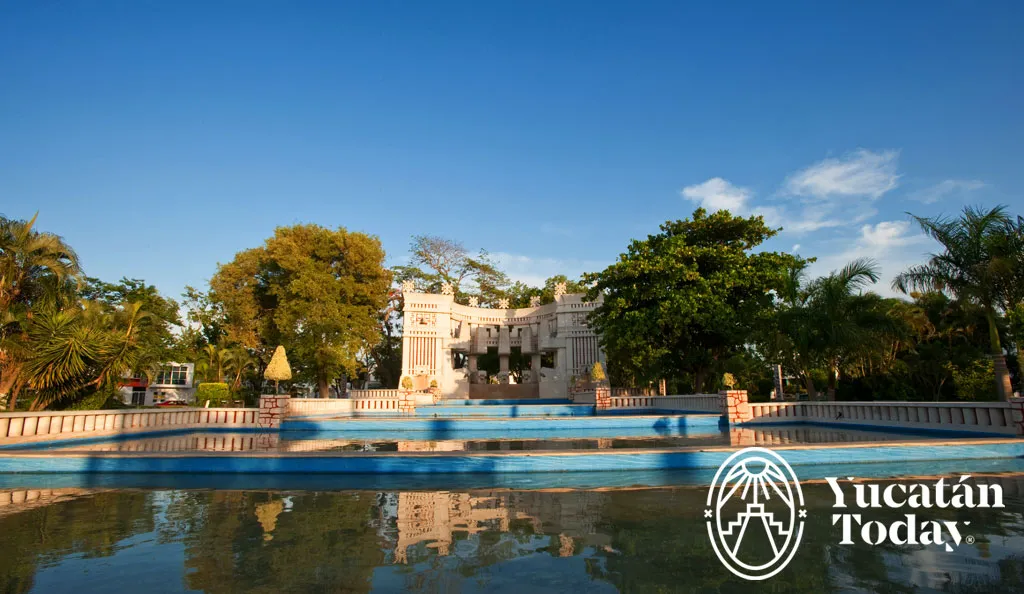
Parque de las Américas
The cornfield teaches about the climate, animals, wood, medicinal plants, in general the Mayan worldview. Maybe you can even try a sweet corn atole.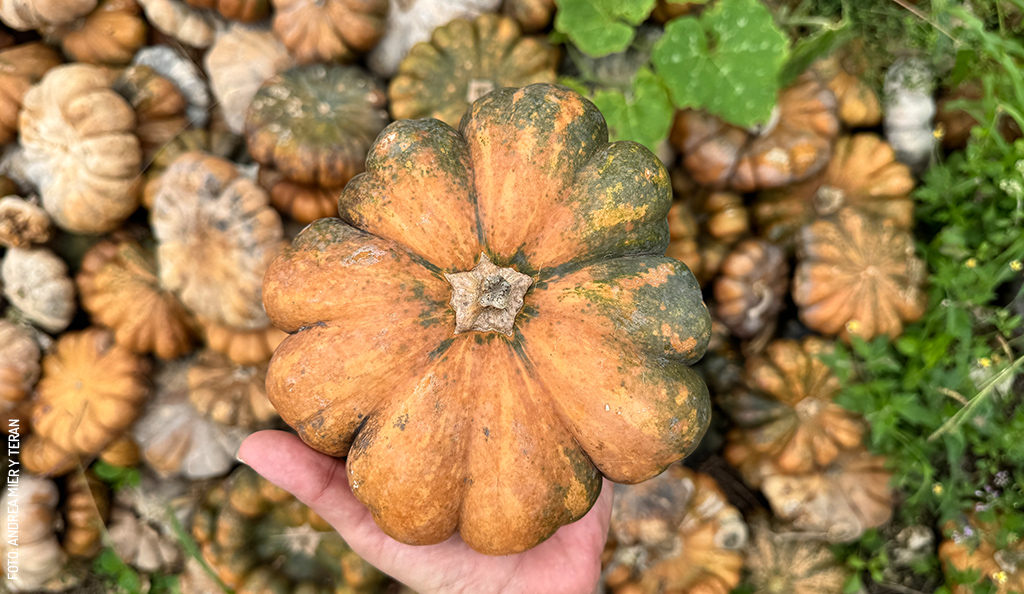
The Origin of Our Table: The Maya Milpa
The Mayan Milpa: More than a crop, an ancestral vision. Discover the "Mesoamerican triad": corn, beans, and squash in Yucatán.